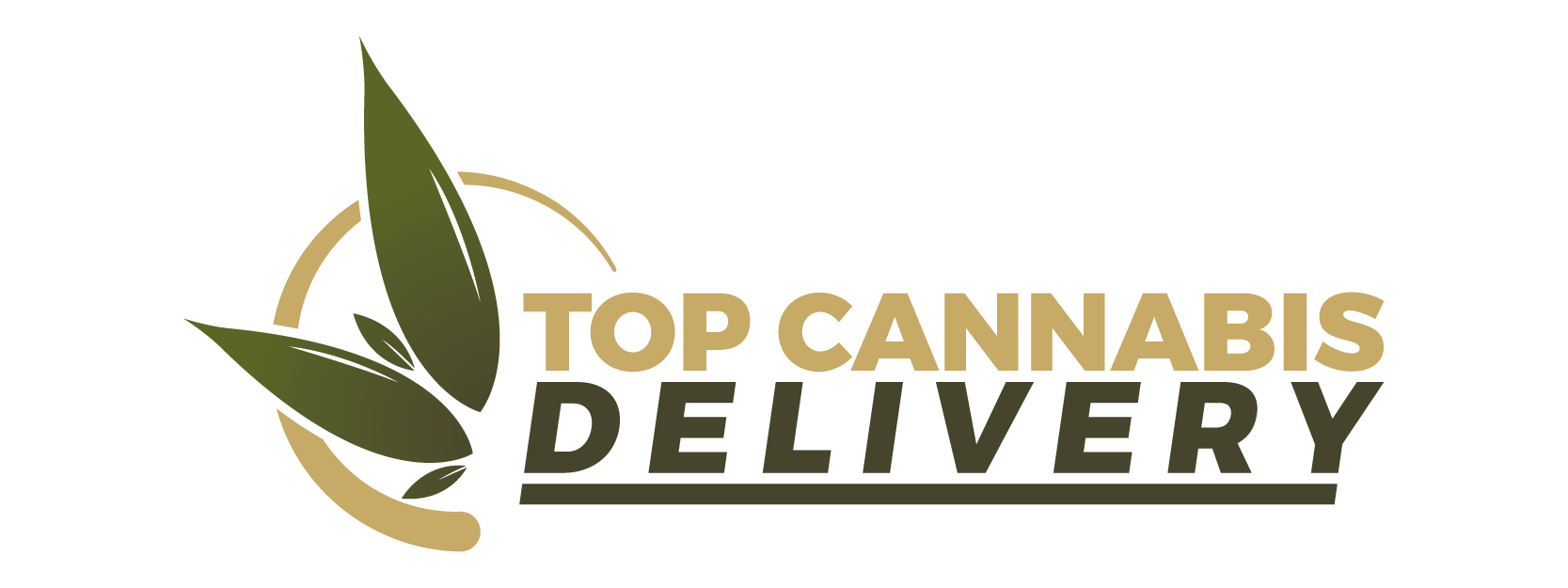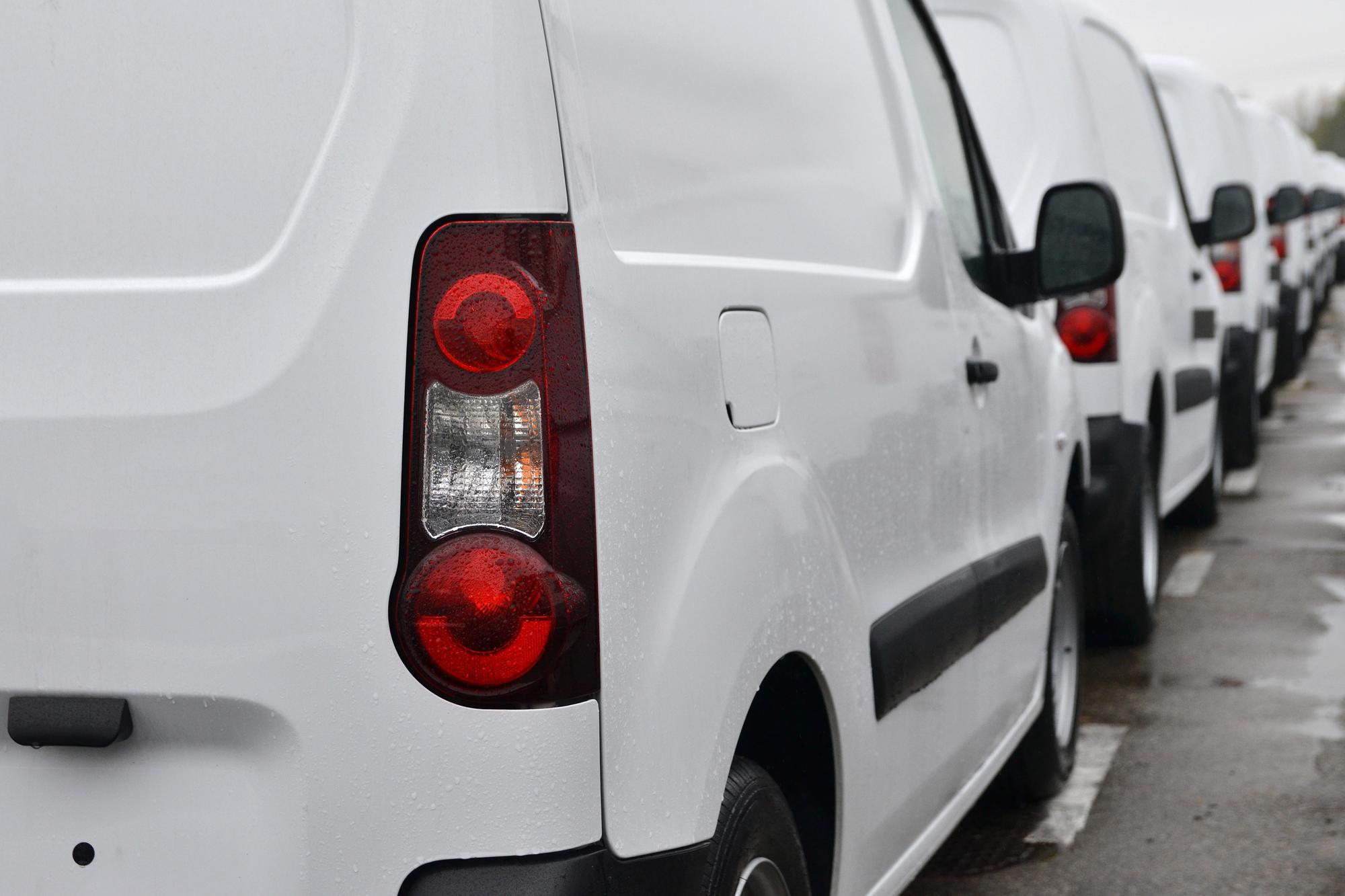As the U.S. cannabis industry continues its rapid expansion, dispensaries face a pivotal decision: should they manage delivery services internally or partner with third-party providers? This choice significantly impacts operational control, customer experience, and compliance with varying state regulations.
The Rise of Cannabis Delivery
The COVID-19 pandemic accelerated the adoption of cannabis delivery services. By the end of 2020, deliveries had surged significantly, with the majority of dispensaries implementing curbside pickup and delivery options. This shift has persisted post-pandemic, as consumers increasingly value the convenience of home delivery—especially in urban areas and states with dense populations of medical marijuana patients.
In-House Delivery: Control and Customization
Managing delivery internally offers dispensaries greater control over the customer experience and compliance protocols. Las Vegas-based Planet 13 Holdings, for example, transitioned from third-party services to an in-house system prior to pandemic-related shutdowns. Executives at the company cited a desire to oversee service quality directly, avoid reputational harm from unreliable third-party couriers, and ensure full control over the customer interaction.
However, establishing an in-house delivery infrastructure requires significant investment. Outfitting a single delivery vehicle can cost upwards of $30,000, not including ongoing maintenance, insurance, and driver training. These costs, coupled with regulatory compliance expenses and logistical complexity, can be prohibitive for smaller dispensaries.
Third-Party Delivery: Convenience and Reach
Third-party platforms like Eaze, Lantern, and SpeedWeed offer dispensaries an alternative by handling logistics and expanding their customer base. These services aggregate products from multiple dispensaries, providing consumers with a wider selection and streamlined ordering process. For small- to mid-sized dispensaries without the infrastructure to manage deliveries on their own, these partnerships can be instrumental in expanding reach and revenue.
Still, there are trade-offs. Dispensaries may have less control over the delivery process and customer interactions. If a delivery is late or incorrect, the dispensary’s brand may be blamed, even if the third-party service was at fault. Additionally, third-party partnerships often involve profit-sharing models that can reduce the dispensary’s bottom line.
Regulatory Landscape Influences Delivery Models
State regulations play a crucial role in determining viable delivery options. In California, for instance, cannabis deliveries must be conducted by employees of licensed retailers—effectively mandating in-house delivery models. Other states like Massachusetts and Arizona allow both in-house and third-party deliveries, offering dispensaries more flexibility to choose the approach that works best for them.
In some regions, stringent regulations have hindered the growth of cannabis delivery services. In Denver, for example, city data showed a sharp decline in delivery sales due to a mix of regulatory burdens and the comparative convenience of in-person purchasing. In these environments, both delivery models can struggle to scale.
Hybrid Approaches and Technological Integration
Some dispensaries are adopting hybrid delivery models, combining in-house capabilities with third-party logistics support. This approach allows them to maintain customer experience control on core routes while using third parties to expand their delivery footprint or handle overflow during peak times.
Advancements in technology are also helping dispensaries manage delivery more efficiently. Route optimization software, automated ID verification, and compliance tracking tools have made it easier for both in-house and third-party services to stay within legal bounds while improving the overall customer experience.
Final Thoughts
The choice between in-house and third-party cannabis delivery services depends largely on a dispensary’s size, resources, and market environment. While larger dispensaries may benefit from the control and branding offered by in-house operations, smaller ones might lean on third-party services for cost-efficiency and reach. As consumer demand for cannabis delivery continues to grow, the most successful dispensaries will be those that adapt their strategies to balance convenience, compliance, and customer satisfaction.

